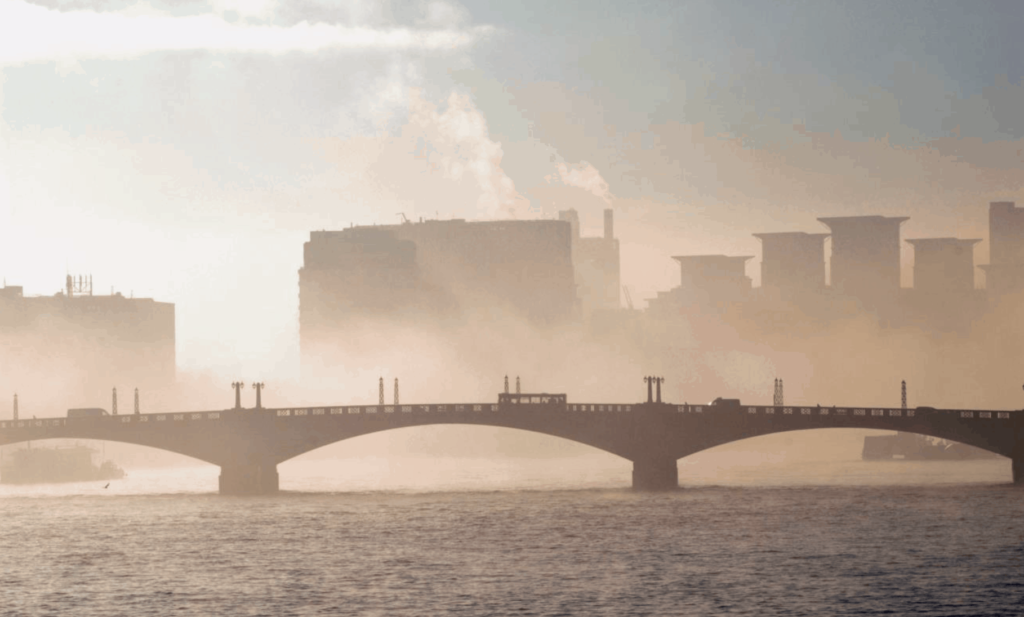In October the Mayor of London produced a report titled, “PM2.5 in London. Roadmap to Meeting World Health Organisation Guidelines by 2030.”
What is PM2.5?
PM2.5, also known as fine particulate matter, refers to particles or liquid droplets in the air that have a diameter less than 2.5 micrometres across (about 3 per cent of the diameter of a human hair). Some PM2.5 is naturally occurring, such as dust and sea salt, and some is manmade, such as particulates from vehicle exhausts.

World Health Organisation Limits:
The WHO suggests there is NO safe limit of PM2.5. As it’s so small it can penetrate deep within the body and cause serious illnesses and death. In the EU the legal limit for PM2.5 is 25 μg m-3, which the Major of London suggest does not go far enough in protecting human health. That is why in the London Environment Strategy, the Major sets out that all of London will have PM2.5 concentrations well inside the WHO guideline limit by 2030.

Main Areas Responsible for PM2.5:
The report suggests the main areas responsible for PM2.5 is road transport at 30%. Biomass burning (including domestic burning) at 16%. Construction at 15% and Cooking at 13%. The Mayor of London is seeking powers to drive developments such as revitalising smoke control areas, making such easier to declare, and to have zero limit zones for combustion on specific time limited occasions. They also want more control over the sale of wood burning stoves too in the capital, which should push the spread of Ecodesign stoves.
Creating a Positive Focus on Stoves (finally)…..
For so long there was quite often negative connotations around stoves. That they are polluting, and that there was no differentiation made between incredibly inefficient open fires and the burning of unseasoned wood, and high efficiency wood burning stoves, like those in the Ecodesign Ready range. It seems a U-Turn has been made and the Government are starting to acknowledge that Ecodesign stoves are part of the solution and not part of the problem.








